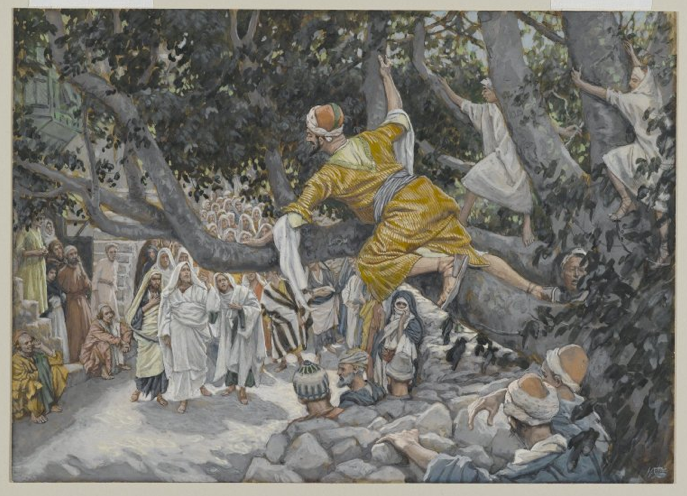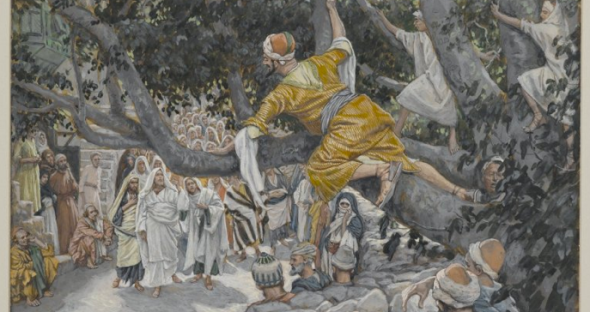
The landscape is changing with the coming of spring. A big part of this change is brought about by the blossoming and leafing of trees. Almost overnight a row of dull brown twigs becomes a lively green canopy that gives shade, privacy, and beauty. You can’t help but notice trees in the spring.
There are at least two dozen varieties of trees mentioned in the Bible, many of which are familiar to us: almond (Ecclesiastes 12:5), apple (Song of Solomon 2:3), palm (Exodus 15:27), cedar, pine and cypress (Isaiah 41:19) and willow (Isaiah 44:4).
Trees played a part in many Bible events:
- A tree held the tempting fruit that tripped up Eve (Genesis 3:1-7).
- God met with Abraham by the terebinth trees of Mamre (Genesis 18:1).
- A tree held the ram that became Abraham’s sacrifice (Genesis 22:13-14).
- Absalom’s thick hair got caught in the branches of a great terebinth tree. The Bible describes him hanging between heaven and earth and in that helpless state he was easy prey for David’s general Joab (2 Samuel 18:9,14).
- Zaccheus climbed a tree to see Jesus (Luke 19:1-4).
- Jesus died on a cross, made of wood from a tree.
The Bible refers to trees not only in literal ways but in symbolic ones too.
- I’ve always been haunted by the picture of the silent harps of the grieving Babylonian exiles, hanging in the willows (Psalm 137:1-3).
- John’s vision in Revelation makes references to several trees in mostly symbolic or picturesque ways:
– There is a tree of life – Revelation 2:7
– Two prophetic messengers are referred to as olive trees – Revelation 11:3-6.
– There is a healing tree with leaves that heal nations and a different fruit each month – Revelation 22:2,14.
Here is your TREE writing challenge for April:
For writers of fiction:
You might make a tree a key part of your setting like author Julie Chantrell gives her main character Millie “Honey,” a sweet gum tree that operates almost like another character in her novel Into the Free (review here).
Or tell a children’s story from the tree’s point of view, like Kimberley Payne does in Trees of the Book (review here).
For writers of non-fiction:
Research a specific tree to write an informational piece, or tell a personal experience with a tree and use it as an illustration in a devotional or motif in a personal essay.
For poets:
Dig deep into your connection with trees to come up with some truth about life using tree imagery. Psalm 1:-1-3 is a great example of this.


I’m going to use this prompt — I’ll let you know where it goes. Trees–the image is so deep and mysterious, and one I’ve left unexplored, until know. Thank you for the inspiration! 🙂
(ha–I typoed “fir” the inspiration until I corrected it–as in “Country of the Pointed Firs” by Sarah Orne Jewitt. Have you read that? I would think you’d like it a lot, as I do.)
LikeLike
Great Tracy! I will be working on something tree-ish myself. And I must find Country of the Pointed Firs. Thanks for the tip!
LikeLike